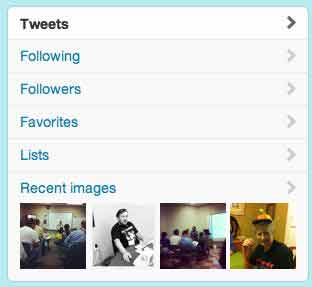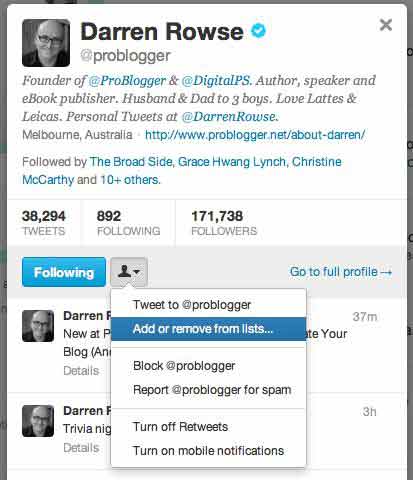Sometimes it feels like most of the privacy issues on the Internet are women’s issues. The stalkers, the sexual wannabes, the trolls — they seem to prey mainly on women. But men have privacy issues, too. The most recent Pew Internet Study takes a look at privacy management practices among both sexes.
According to Pew, 63% of adults have some sort of online profile. That’s up about 20% from 2006. Of those online profiles, only about 20% are completely public. Most people (58%) have their profiles set to friends only. There’s also a percentage (19%) who use a setting that allows friends and friends of friends to see profiles. Out of that 19% who allow friends and friends of friends to see what they post, about 26% say they set privacy for individual posts that will bar some from seeing posts. Turn that around, it means 74% of that minority of users are allowing friends to spread around anything they want to share.
Women, however, are more careful. Pew identifies the habits of women as more “conservative in basic settings.” The following chart by Pew is labeled as privacy gender gap.

Image: Pew Research Center Internet and American Life Project
As you can see, the majority of women (67%) restrict access to information to friends only.
Women are also the most likely to delete friends, remove comments, and–on sites where photos can be tagged–women are most likely to remove their name from tagged photos. The number of people who report culling friends, deleting comments, and removing a name from tagged photos is up in the last few years, but it still not a majority behavior in most age groups. However, in the 18-29 demographic, this kind of profile control is prevalent.
For the 18-29 demographic, the Pew study says,
Deleting social media comments is part of the reputation management work of being a young adult.
Removing comments and tags on photos is a way of managing what other people are posting. As for management of one’s own content, only 11% of the people in the study say they have posted something they regret. The percent of people posting things they regret are most often men or young adults, again supporting the idea that women are more careful and thoughtful about what they are putting on social media sites.
If these results seem Facebook-centric in terminology, that’s because Facebook remains huge. Fully 93% of people who do have an online profile are on Facebook. MySpace continues to lose, with only 23% of the surveyed users being there. Twitter users are up, but still only account for 11% of online profiles. Google+ wasn’t mentioned in the study that I could find.
Also interesting, many users (55%) maintain a profile on only one site.
Personal Reflections
I don’t fit anybody’s idea of demographics. My age, my gender, and my occupation are all way off the charts in terms of normal demographics. Nevertheless, I think a few personal reflections are in order, because I think I at least represent how women act online.
First, I have never deleted a friend on any social media site I belong to. That’s because I’m very picky about who I friend. If I don’t know you personally or have a good reason to want to friend you for professional purposes, you don’t make the cut. Does this describe you, too?
Secondly, I have multiple online profiles: Facebook, Twitter, Google +, BlogHer, and more at smaller and more specialized sites. Are you a single profile person, or a multiple profile person?
Finally, I think we all (but especially women) need to be vigilant about online profiles and behavior because the landscape changes constantly. New information about privacy violations appear in the news regularly. It falls to us, the users, to take frequent tours through the account settings of the sites we use to ensure good privacy control. We cannot depend on online sites to be careful for us.
Resources
Pew linked to some very interesting resources that are worth a look.
- The Evolution of Privacy on Facebook
- How Different are Young Adults from Older Adults When it Comes to Information Privacy Attitudes and Policies?
Another resource, not mentioned by the Pew study, is danah boyd on Teen Privacy Strategies in Networked Publics.
Note: This article is cross-posted at BlogHer.





